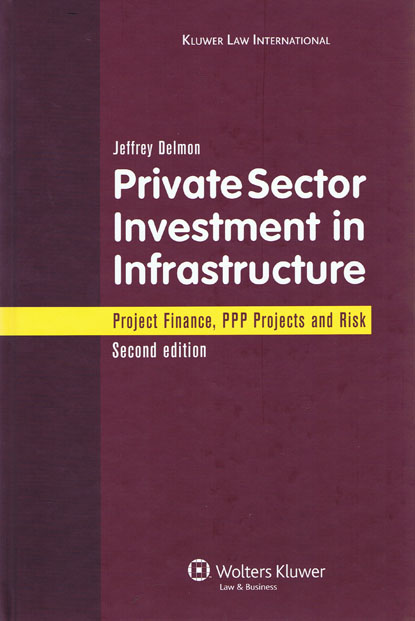
Investment in infrastructure is critical to economic growth, quality of life, poverty reduction, access to education, good quality healthcare and achieving many of the goals of a robust and dynamic economy. But infrastructure is difficult for the public sector to get right.
The private sector (through public-private-participation - PPP) can help; it can provide more efficient procurement (cheaper, faster and better quality), refocus infrastructure services on consumer satisfaction and life cycle maintenance, place the financial burden of providing infrastructure on consumers rather than taxpayers and provide new sources of investment, in particular through limited recourse debt (aka project financing). But PPP presents challenges of its own.
This book provides a practical guide to PPP, how governments can enable and encourage PPP, how PPP financing works, what PPP contractual structures look like and most importantly how PPP risk allocation works in practice, including specific discussion of each infrastructure sector.